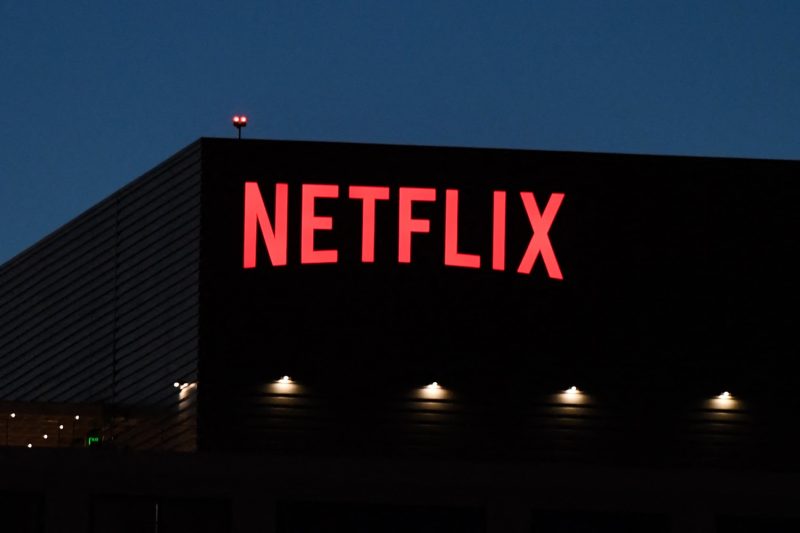In a world dominated by subscription-based streaming services, Netflix has made a significant move that has reverberated across the industry – the introduction of an ad-supported tier. Originally launched two years ago, this tier has been met with considerable success, attracting a whopping 70 million monthly users. This move represents a departure from Netflix’s traditional ad-free model, and its impact on the streaming landscape cannot be understated.
The decision to introduce an ad-supported tier was a strategic one for Netflix, aimed at capturing a broader audience segment that may have been previously deterred by the subscription fee. By offering a more affordable alternative that includes ads, Netflix has been able to tap into a market that values both content and affordability. This move not only boosts Netflix’s user base but also opens up new revenue streams through advertising.
The success of the ad-supported tier can be attributed to several key factors. First and foremost, the sheer variety and quality of content available on Netflix continue to draw in users. By offering a mix of original programming, popular TV shows, and blockbuster movies, Netflix has solidified its position as a go-to destination for entertainment. The addition of ads has not detracted from the user experience but has, in fact, made it more accessible to a wider audience.
Another factor contributing to the popularity of the ad-supported tier is the seamless integration of ads into the viewing experience. Netflix has managed to strike a balance between showcasing advertisements and preserving the overall viewing experience. By carefully curating the ad content and ensuring that it is relevant to users, Netflix has been able to maintain engagement levels while also generating ad revenue.
Furthermore, the success of the ad-supported tier underscores a shifting trend in consumer behavior towards more cost-effective options. In an increasingly crowded streaming market, price sensitivity plays a crucial role in driving user adoption. By offering an ad-supported tier at a lower price point, Netflix has positioned itself as a more competitive player in the streaming space.
Looking ahead, the future of the ad-supported tier looks promising for Netflix. With a rapidly expanding user base and a growing appetite for streaming content, Netflix is well-positioned to capitalize on this trend. By continuing to invest in a diverse range of content offerings and refining its ad strategy, Netflix can further solidify its market position and drive continued growth.
In conclusion, the success of Netflix’s ad-supported tier serves as a testament to the company’s adaptability and foresight in responding to changing consumer preferences. By embracing ads as a means to expand its user base and revenue streams, Netflix has demonstrated its commitment to innovation and customer-centricity. As the streaming landscape continues to evolve, Netflix’s ad-supported tier will undoubtedly play a pivotal role in shaping the future of entertainment consumption.
